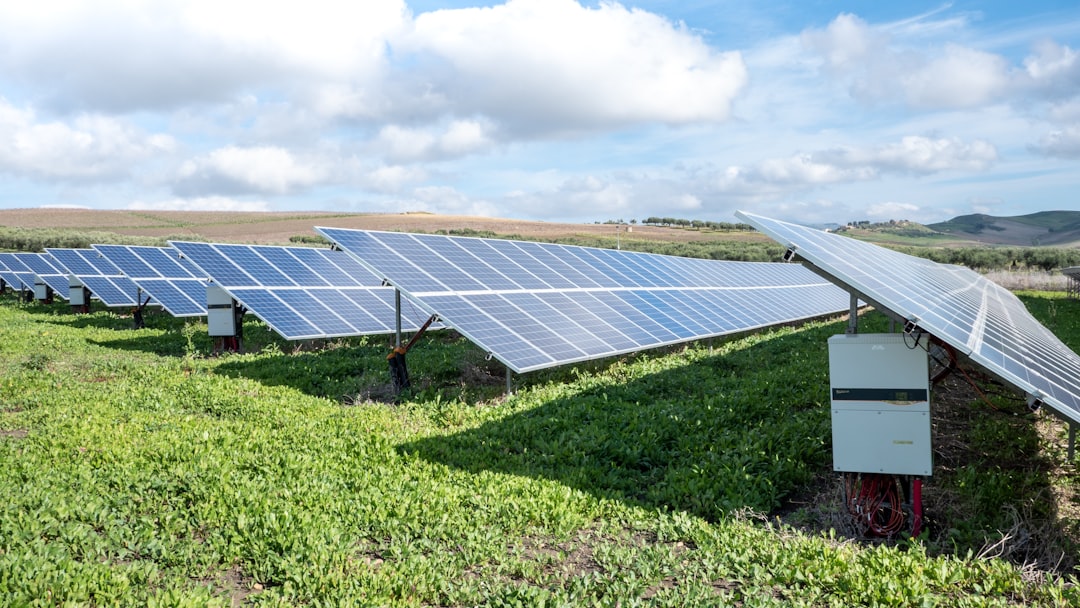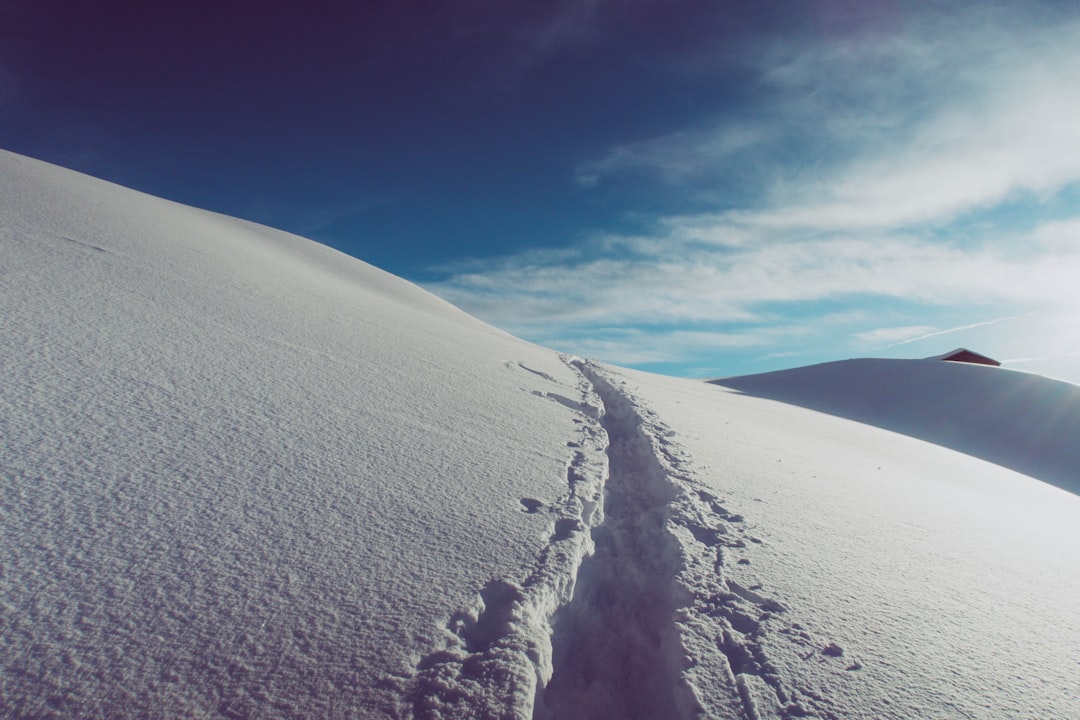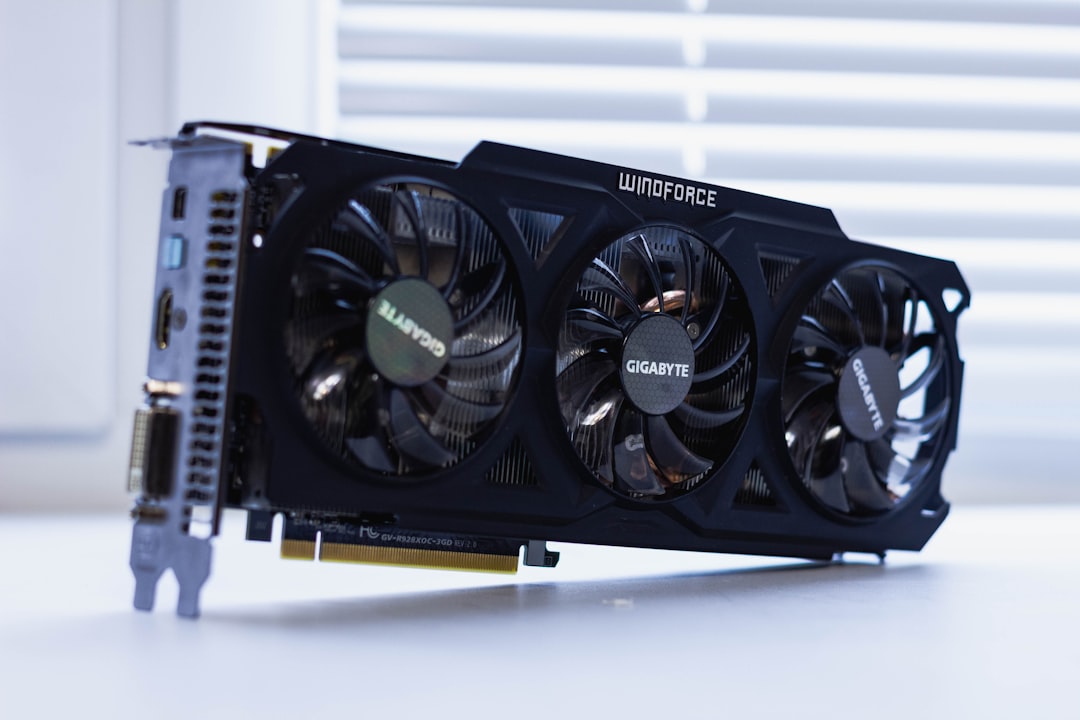What is it about?
We propose a novel multisensor synergy method to retrieve optical atmosphere-surface properties using data from three sensors onboard three satellites (Terra-MODIS, Aqua-MODIS, and Suomi NPP-VIIRS). The surface directional reflectance is considered. Because the three sensors observe the same target at different time, the proposed method allows the time difference of the three sensors as well as the AOD variation. Additionally, in the proposed method the BRDF can be derived daily by adopting the novel Shape Function Constrained BRDF Retrieval (SFCBR) method, which calculates the BRDF under the constrain of the a priori knowledge of BRDF shape function.
Featured Image
Why is it important?
As the satellite number in the outer space increases, the synergy use of multiple sensors can extend the spatial, temporal and spectral information and is one of the tendencies of remote sensing. Because the different sensors observe the same target at different time, in order to deal with such issue, our proposed method innovatively allows the time difference of the three sensors as well as the AOD variation. Besides, the traditional MODIS BRDF product is calculated using observations in 16 days and assume that the surface directional reflectance property doesn't change within 16 days, which is not true for land cover rapid change region. In the proposed method the BRDF can be derived daily by adopting the novel Shape Function Constrained BRDF Retrieval (SFCBR) method, which calculates the BRDF under the constrain of the a priori knowledge of BRDF shape function. Thus, the time efficiency of BRDF retrieval is significantly improved.
Perspectives
Further detailed explanation, in a question-answer format, will be added here (update continuously).
Shuaiyi Shi
Read the Original
This page is a summary of: Multisensor Data Synergy of Terra-MODIS, Aqua-MODIS, and Suomi NPP-VIIRS for the Retrieval of Aerosol Optical Depth and Land Surface Reflectance Properties, IEEE Transactions on Geoscience and Remote Sensing, January 2018, Institute of Electrical & Electronics Engineers (IEEE),
DOI: 10.1109/tgrs.2018.2835508.
You can read the full text:
Contributors
The following have contributed to this page










